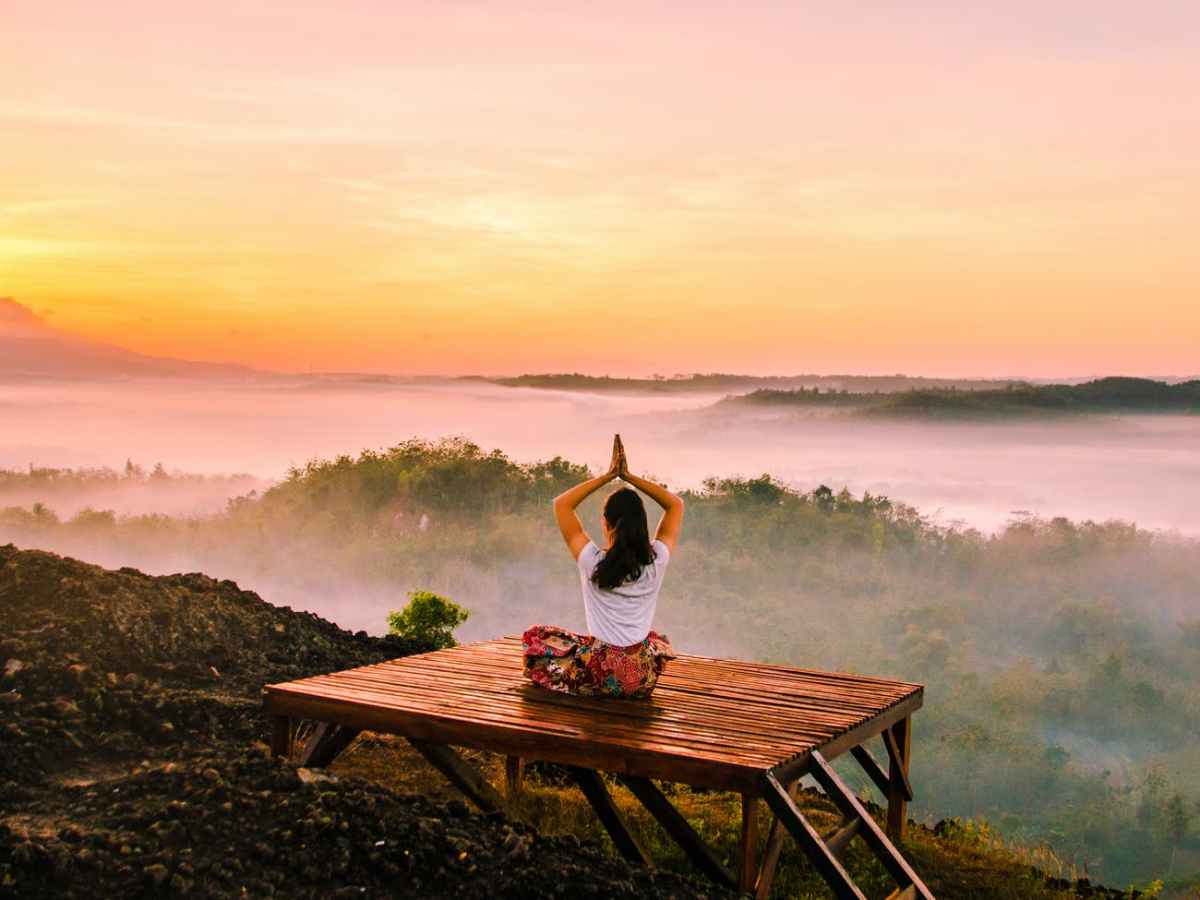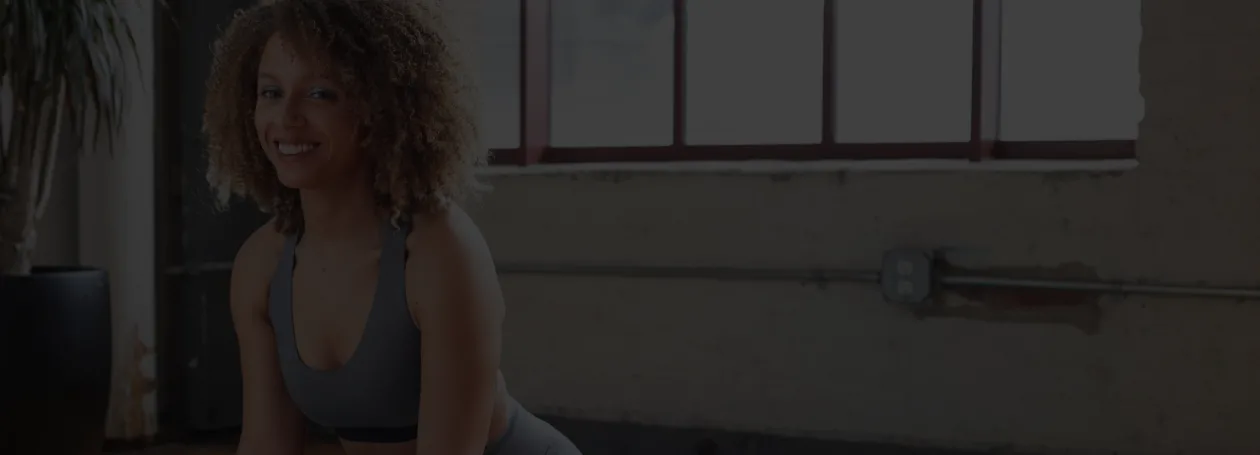

Starting out on your yoga journey might leave you feeling lost. Beyond where to find your yoga instruction (a studio? online?), you have to navigate what type of yoga is right for you. Here, we’ll dive into six different types of yoga that you can try from the comfort of your own home. Many yogis choose more than one to do regularly— so don’t worry if you’re drawn to a few options!
1. Ashtanga
You might have seen Ashtanga Yoga touted by popular Instagram yogis like @kinoyoga and @fitqueenirene. Their strength and confidence are intoxicating, and it’s no surprise that they both have roots in the challenging, demanding practice of Ashtanga yoga. Traditionally, Ashtanga uses one set sequence and takes its practitioners deep into each pose, using many vinyasas to raise the heart rate and increase the physical exertion of the class. I call Ashtanga “hardcore” because it involves really settling into demanding poses. A beginner might use the sequence as a “goal”, something to one day be able to go through without stopping— while an advanced yogi can challenge themselves by moving deeper into poses and activating even their smallest muscles in accordance to their instructor’s guidance.
2. Vinyasa
Modern yoga as we see it is mainly Vinyasa-style yoga, because there is a flow and freedom to the sequencing. There is no set sequence to Vinyasa yoga, though many teachers incorporate a beginning meditation, core/warmup work, a few standing flows, and backbends or inversions before savasana. Because of this, Vinyasa yoga is easily adapted to one’s abilities and goals. If you are a beginner, a Vinyasa yoga teacher may stick to some simpler poses, moving through Warriors and Twists so you can get the foundations of the practice. If you are an advanced yogi, however, you might see a Vinyasa teacher guiding you through arm balances, handstands, and one-legged poses. Vinyasa is easily adaptable for the student, and because of that it is one of my favorite yoga styles to teach.
3. Yin
Yin yoga is like a spa experience for your body and mind. In Yin, practitioners spend several minutes in supported poses, using props like bolsters and blocks (or for at-home yogis, pillows and even books!) This helps muscles truly release, tapping into the parasympathetic nervous system and encouraging the body to let go of any stress it may be holding. At the end of a Yin class, I often feel as though I’ve just had a day at a spa— I feel loose and light on my feet. This is a great class for both beginners and seasoned yogis alike— the practice truly meets you at your level, whatever that might be.
4. Hatha
Hatha is more or less an umbrella term for any class that takes you through asanas, or physical poses. It can mean anything, although in most cases it is slower-paced and more gentle than Vinyasa or Ashtanga yoga. A lot of beginners flock to Hatha yoga because of its accessibility— Hatha yoga instructors emphasize teaching body alignment in foundational poses. But even non-beginners should take note: when scientists study the benefits of yoga, they often focus on Hatha yoga because of its healing capabilities and its accessibility. If you’d like to learn more about Hatha yoga’s benefits, see our article on yoga and immunity!
5. Kundalini
I remember the first time I ever went to a Kundalini yoga class. It was actually one of my first yoga classes ever, and as a bashful high schooler I was immediately cautious about the chanting and meditation that comes with Kundalini. Yet, afterwards I felt empowered— as if I’d tapped into an energy bigger than myself. That is what Kundalini is all about— linking breath, meditation, and poses to connect to spirituality. Practitioners love it for directing energy and bringing guidance and motivation to the mindfulness journey. Expect to see the more spiritual side of yoga in a Kundalini class— you likely won’t break a sweat, but will leave feeling transformed and revitalized. I recommend it for anyone regardless of their religion; yoga is around for as long as it has been in large part because it allows one to clear through the chaos of everyday life. Kundalini takes that awareness to the next level.
6. Iyengar
Iyengar yoga was developed in the 20th century by BKS Iyengar, but its newness doesn’t take away from what is a soon-to-be classical practice. Iyengar yoga is a refreshing form of yoga that utilizes props in new and novel ways, moving its practitioners through long pose holds and therapeutic flows. A highlight of Iyengar yoga is its precision: teachers aim to fine-tune each muscle of your body so it sets perfectly into every pose. Iyengar yoga is great for every level, and I think it shines most for those looking to develop intense core strength, those looking to work around injury, and those (like me) who love how props can change a practice.
No matter what yoga style you choose, it’s important to remember that choosing to practice yoga is a step in the direction of improving your health, stress levels, and even how you view the world. We offer all of these styles and more, and our teachers can guide you towards any physical and mental goals you may have. No matter which style you choose, have a happy practice and enjoy the process!

Receive personalized guidance tailored to your unique fitness goals, live with a dedicated coach—no credit card required.